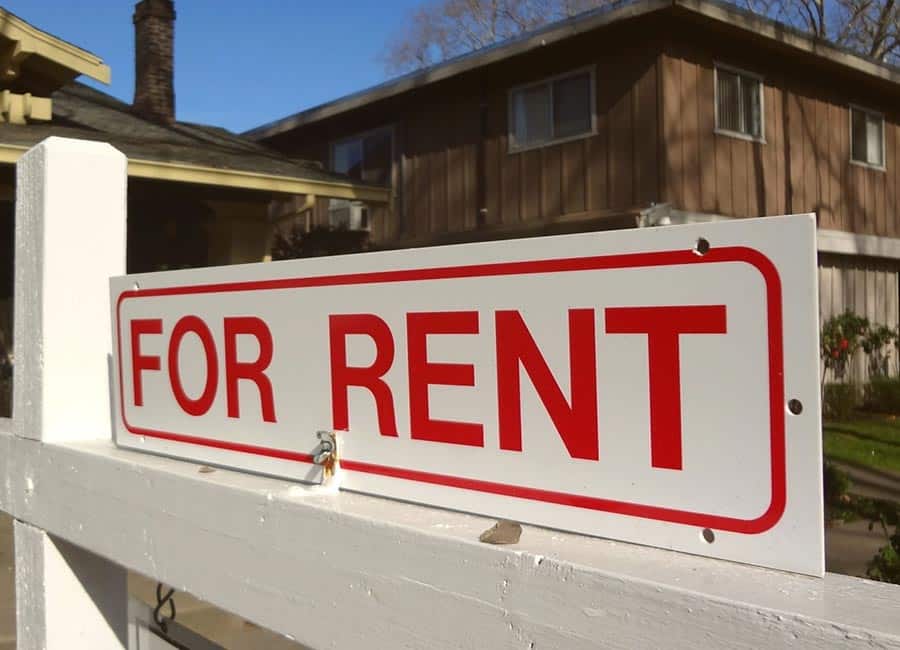The proportion of people aged 25-34 who own their own home halved between 2004 and 2015, from 60% to 30%, and has continued to fall in the years since, new research from the Economic and Social Research Institute (ESRI) shows.
The Future Trends in Housing Tenure and the Adequacy of Retirement Income study found that a fifth of households in the age bracket face high housing costs, compared to around 6% of 55-64 year-olds and just 1% of those aged over 65.
The ESRI said that there would likely be a considerable drop in the achievable rate of home ownership relative to previous generations across all age groups after undertaking a range of simulations based on varying income, credit, savings and house prices.
Home ownership rates are around 10 percentage points for those currently aged 45-54 and 55-64 at around 80% compared to retirees (90%), and the gap is unlikely to close given the advancing age of these groups.
Homeownership for those aged 35-44 is currently around 58% and will reach a maximum rate of 71% through purchases on the open market, and there is likely greater uncertainty for people aged 25-34, given their age and earning prospects.
The institute said that while down-payment supports would boost homeownership rates, they would likely remain "significantly below" those of previous generations, unless income growth outpaces house price inflation for a sustained period.
The study blamed labour market dynamics, the relative growth of house prices and incomes, supply bottlenecks and credit availability for the drop in home ownership.
Lower rates of home ownership will also have knock-on effects for income poverty in retirement, which is set to increase from 9% to 14% on an after housing costs for the group due to retire in the next five years, according to ESRI.

Women, those with lower levels of education and those living alone during working life are particularly vulnerable to income poverty in retirement, the ESRI said.
The report authors suggest policies to improve incomes of older households, targeted at those most at risk of income poverty, and to incentivise households to build up resources earlier in their working lives.
"However, the availability of and even the signalling of such instruments could alter the incentives for households to sufficiently accumulate resources earlier in their working lives," the report states.
"Furthermore, such extensive subsidy supports for those living in private sector accommodation risks adding to rental inflation and the costs are likely to be prohibitively expensive for the state given the scale of the projected fall in homeownership for future retirement cohorts."
The researchers also highlighted prospective measures to increase social housing supply and cost-rental schemes, and warned that there was considerable uncertainty in its projections due to potential income growth and the effectiveness of current housing measures.
"Developing a policy strategy which mixes lifetime incentives to accumulate retirement assets during employment with an adequate safety net is most likely to be required," the ESRI report suggests.
(Pic: Getty Images)











